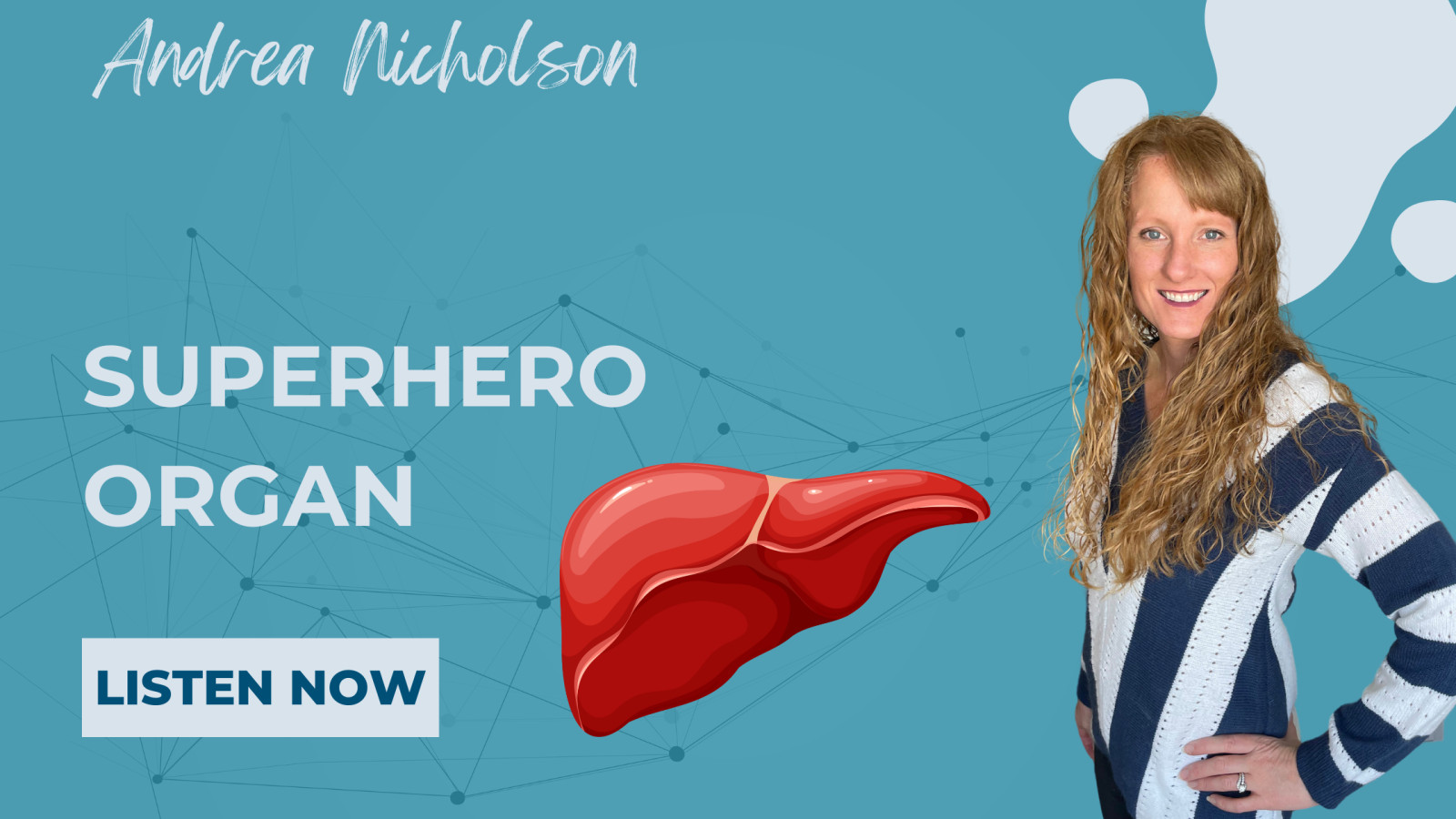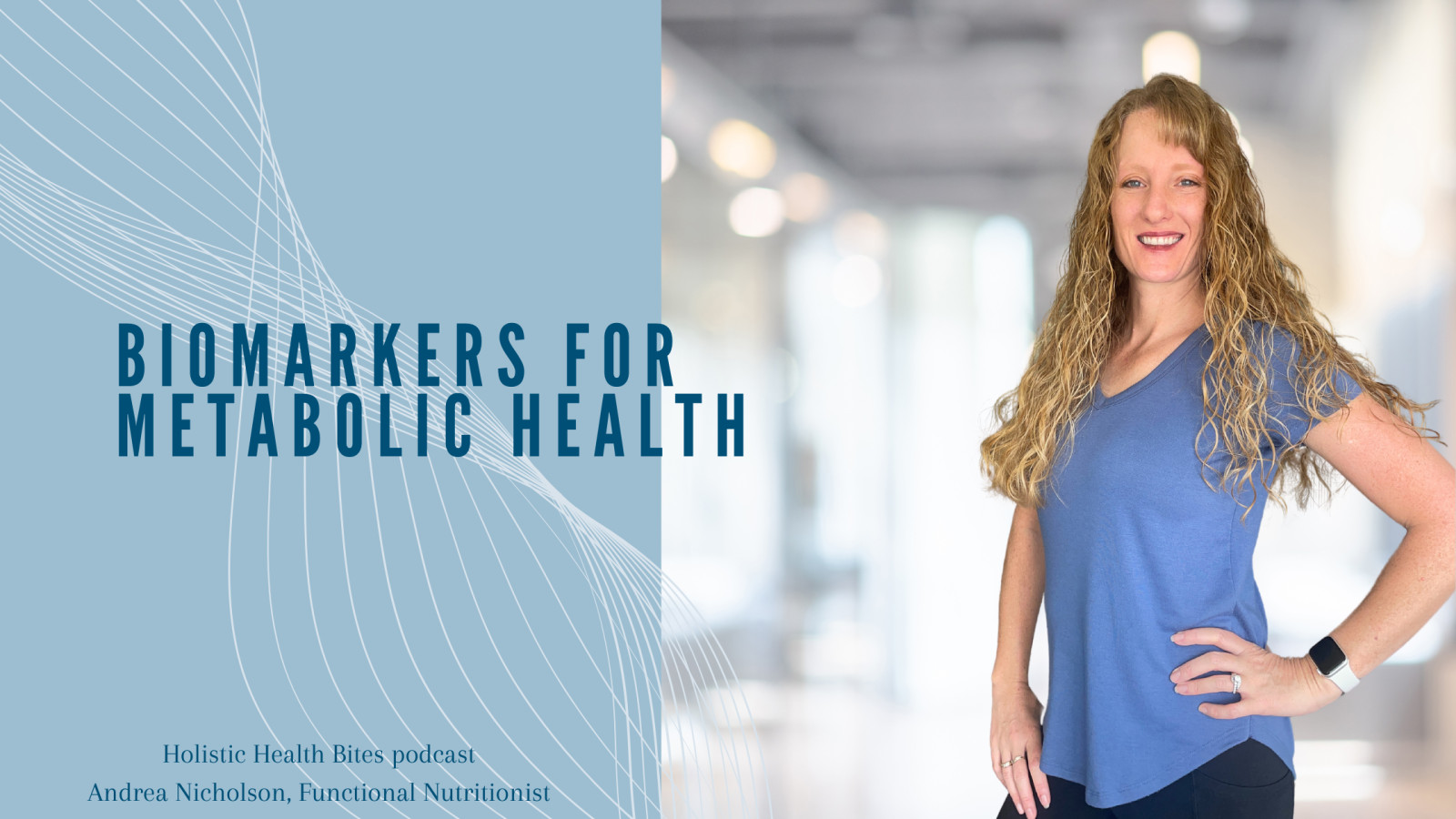Intermittent fasting (IF) is a popular eating schedule that involves cycling between periods of eating and not eating. It has gained traction in recent years, although fasting has been a part of human history for centuries. IF can be done in various ways, such as following a 16-hour fasting window with an 8-hour eating window. Implementing a healthy, sustainable plan is key, and it is important to start slowly and consult with medical professionals, especially if you have certain health conditions or take medications that may be affected by fasting.
Benefits of intermittent fasting include reducing the risk of heart disease and diabetes, promoting weight loss by reducing calorie intake and regulating blood sugar levels, and improving mental clarity and energy by increasing fat burn and producing ketones. It is important to note that fasting is not suitable for everyone, particularly pregnant and nursing women, individuals with blood sugar dysregulation or eating disorders, and those taking medications that need routine timing or must be taken with food. Consulting with a medical professional is crucial before starting any fasting plan. Implementing a healthy diet and lifestyle, along with intermittent fasting, can maximize the benefits of this eating schedule.
Read more...In a new study published in the Journal of Nutrition, researchers found that insulin secretion levels and insulin resistance play a significant role in determining whether a person loses fat or lean mass when following a calorie restriction diet. Individuals with higher insulin levels and more insulin resistance were more likely to lose lean mass instead of fat, particularly in the abdomen. Insulin resistance reduces fat loss because insulin not only regulates blood sugar levels but also directs the body to store fat and suppress the breakdown of stored fat for energy. This study emphasizes the importance of knowing your insulin levels and insulin resistance if you want to lose weight effectively and protectively.
The study compared two groups of overweight adults on calorie restriction diets, one group following a moderate carbohydrate diet and the other a very low carbohydrate diet. Surprisingly, there was not a significant difference between the two diets in terms of insulin resistance. The researchers suggested that the duration of the studies may have been too short to observe the transition from burning glucose to burning fat for energy. Future studies should focus on individuals with high insulin levels and insulin resistance over a longer period to assess the effects on burning body fat and preserving lean mass.
In conclusion, simply focusing on weight loss may not be the best approach for improving overall health. Instead, prioritizing fat loss, reducing insulin levels, and improving metabolic flexibility are better indicators of long-term health benefits and vitality. Understanding your insulin levels and insulin resistance can help guide your weight loss journey and determine the type of body mass you are losing.
Read more...In this blog post, functional nutritionist Andrea Nicholson shares a case study about reducing heart disease risk naturally. A 50-year-old male client sought nutrition therapy after receiving poor blood test results and finding plaque formation in his arteries. Through further analysis, it was discovered that he had digestive distress symptoms, a history of gallbladder removal, and other indicators of chronic inflammation. To address these issues, a protocol was developed that included dietary changes, avoidance of food sensitivities, antimicrobial herbs, probiotics, and other supportive measures. After a few months, the client reported a resolution of his symptoms, improved blood markers, and the ability to eat previously sensitive foods without issues. This case study highlights the importance of addressing digestive health to reduce the risk of heart disease and improve overall wellness.
Read more...In this blog post, functional nutritionist Andrea Nicholson discusses the benefits of continuous glucose monitoring (CGM) and the insights she has gained from using a CGM device. Nicholson explains that while she had previously relied on spot-checking with a glucose meter and lab work, CGM provides more detailed and real-time data on how her body reacts to different foods, periods of fasting, exercise, and other factors. She shares personal lessons she has learned, such as her body's severe reaction to refined carbohydrates and the impact of combining fat and carbs. Nicholson recommends considering CGM for those who want data-driven insights into their health and notes that it can be used on a temporary basis for testing different lifestyles, diets, and exercises.
To learn more about CGM options, readers can click [here](https://join.theiahealth.ai/c/healthylifewithandrea), or if they would like assistance and guidance while using a CGM, they can schedule a free call with Nicholson [here](https://info.healthylifewithandrea.com/free-call).
Read more...In a recent blog post, functional nutritionist Andrea Nicholson discusses how insulin resistance can have a significant impact on women's health. Insulin resistance is a condition where the body is unable to respond effectively to insulin, leading to high levels of insulin and reduced response. This metabolic problem is more than just an issue with weight or diabetes - it can also lead to PCOS, infertility, aging skin, and other disorders.
Nicholson emphasizes the importance of understanding the underlying causes of symptoms and taking steps to treat them. By addressing the root cause of insulin resistance, women can improve or eliminate symptoms such as weight gain and fatigue. The key is to focus on improving metabolic health through lifestyle changes and a balanced diet, rather than solely on body weight.
Insulin resistance can also impact women's health during menopause, leading to symptoms such as weight gain around the midsection, impaired glucose control, and dysregulation of lipids and cholesterol. It can also contribute to skin changes like acne and wrinkles. However, the good news is that insulin resistance can be reversed or prevented through diet and lifestyle strategies, allowing women to extend their lives with vitality.
Overall, this blog post highlights the importance of understanding insulin resistance and its effects on women's health. By addressing the underlying causes and making positive changes, women can improve their overall well-being and potentially mitigate the risks associated with insulin resistance.
Read more...
















